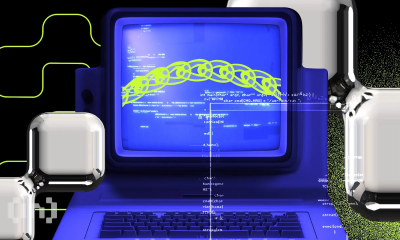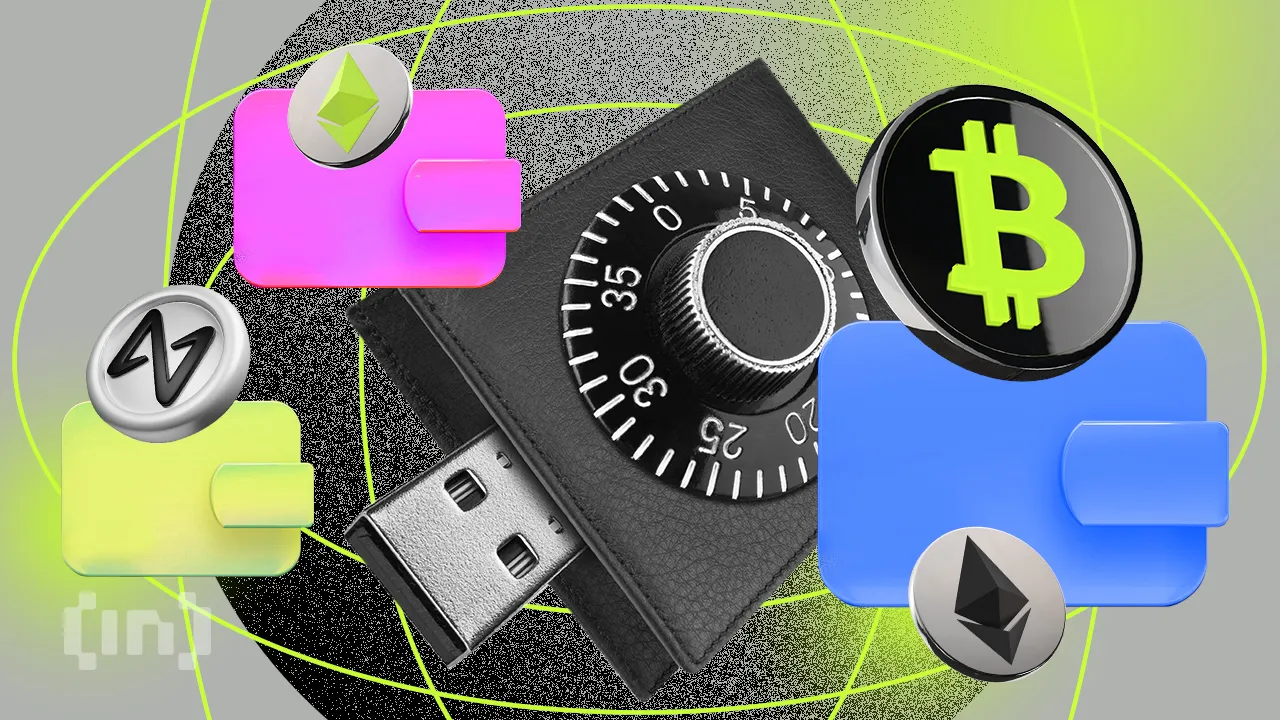Market
Trust Wallet’s Eowyn Chen on Turning DeFi into Everyday Power
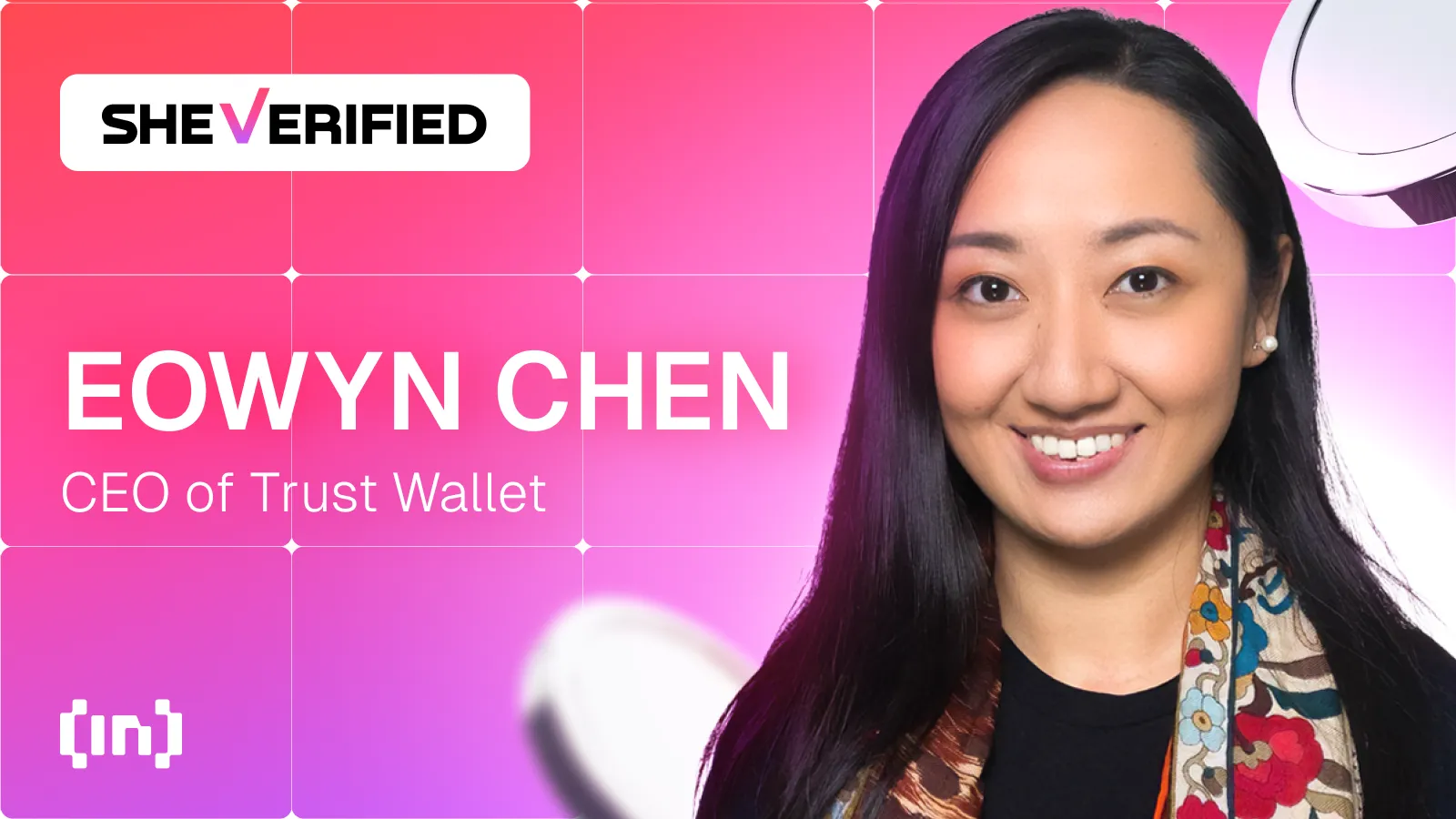

Eowyn Chen’s journey has taken her from a background in finance to her current role as CEO of Trust Wallet, one of the most popular crypto wallets, used by millions around the world. Starting as a consultant with Oliver Wyman, Chen later took on a key role at Binance, where she helped expand the platform’s user base. Her shift into blockchain was driven by a strong desire to empower people to take control of their own data in the digital world.
In this interview, Chen shares how she got started in Web3, the achievements that have established her as a respected leader, and her hopes for building a safer, more open digital economy.
Can you share how you first got started in Web3 and the path that led you to your current role? What key accomplishments have helped establish you as a leading figure in the industry?
My journey into Web3 started with a passion for using technology to create meaningful change, particularly in how to empower people to grow and thrive to be better versions of themselves. I’ve always believed that technology, while it can’t change human nature, has the potential to uplift societies. For me, blockchain and crypto offered a chance to democratize access to financial freedom and data ownership, especially for communities that have been historically underserved.
Between 2017 and 2018, I found myself at the crossroads of AI and blockchain. Back then, San Francisco was buzzing with talk about crypto — it was almost impossible to escape the hype. But it felt chaotic, with many voices and opinions clouded by the market euphoria. Being naturally skeptical of trends, I found myself drawn to the technology even more after the market crash in 2018.
That was the moment when things became clearer. I was fortunate to meet one of Binance’s co-founders, who shared a compelling vision of blockchain as the new infrastructure for value exchange on the internet. It struck a chord with me, and I began to realize how this technology could offer everyday people ownership in a way that technology often reserves for the elite. I began my Web3 career at Binance as an assistant to the co-founder, managing global communities and eventually building the marketing team from the ground up.
At Binance, I focused on scaling the user base, leading the central marketing team to grow it from tens of millions to hundreds of millions. That role was a turning point. It wasn’t just about growth; it was about creating an empowering system that was more inclusive and accessible, with the focus of the users at the center.
What was the moment that shifted your perspective on crypto ownership and self-custody? How it influenced your path from Binance to becoming CEO of Trust Wallet?
In 2018, when Binance acquired Trust Wallet, a casual conversation with Viktor Radchenko, Trust Wallet’s founder, marked a pivotal moment for me. He asked me if I truly owned any crypto, and when I showed him my centralized exchange account, he challenged my perception of ownership.
To prove his point, he sent me 5 BNB (about $25 USD at that time) directly to my Trust Wallet address, no middleman involved. It was such a small gesture, but that experience completely shifted my mindset. I realized the power of self-custody — having full control over my assets without relying on any centralized authority was both empowering and nerve-wracking. It wasn’t just about financial autonomy; it was about responsibility, and that balance between freedom and accountability was what really ignited my passion for decentralization.
But with that control came a new sense of responsibility. I started to wonder how to manage it safely, how to recover it if I lost my private keys, and how different it was from simply using a centralized exchange. It was both empowering and nerve-wracking, and that psychological effect — the balance between empowerment and responsibility—was the magical moment for me. It’s what makes DeFi so powerful, and it’s the foundation of everything else in the decentralized world.
As much as I loved my work at Binance, by 2021, I found myself at a crossroads, eager for a new challenge. It was around that time that Viktor reached out to me for help with Trust Wallet. I’ve always believed that the best products come from genuine need, and Trust Wallet embodied that — an incredible product with strong engineering but lacking any real marketing. I knew I could apply everything I’d learned at Binance to help scale Trust Wallet and bring real decentralization to millions.
When I transitioned to Trust Wallet as CEO, I saw an opportunity to bring this sense of empowerment to millions of others. Today, Trust Wallet serves over 100 million users, giving them true ownership of their assets and control over their financial futures. This journey — scaling platforms that democratize access to blockchain — has been at the heart of my mission and why I’m considered a prominent figure in Web3. I’m passionate about helping more people experience the transformative empowerment of self-custody and growing into financially responsible and aware individuals in today’s world.
How do you approach balancing security and innovation to keep users safe while continuing to advance Trust Wallet’s features?
Trust and security are the foundation for innovation. In the ever-accelerating world of Web3, innovation isn’t just about introducing new features or technologies — it’s about building a future that users can trust. At Trust Wallet, I’ve always believed that security and trust aren’t hurdles to innovation; they are its foundation. Without them, any advancement is on shaky ground.
Balancing innovation with security isn’t a challenging act for us — it’s a seamless integration. Every innovation we pursue is meticulously assessed through the lens of user safety. We don’t push boundaries at the expense of security; we expand them because of it. Our team works tirelessly to enhance the user experience while embedding top-tier security features that often operate behind the scenes but make a world of difference.
Our commitment to security is both relentless and proactive. Between 2023 and 2024, we conducted 86 internal and 12 external security audits. These aren’t just numbers; they’re reflections of our dedication to staying ahead of potential threats. Earning the ISO/IEC 27001:2022 and ISO/IEC 27701:2019 certifications wasn’t just an achievement—it was a promise to our users that we’re meeting global standards for security and privacy.
But certifications and audits are just part of the story. We’ve taken tangible actions to protect our community: blocking over $439 million from potential scammers, preventing more than 1.4 million malicious dApp connections, recovering close to $1 million stolen funds, and shutting down hundreds of phishing sites and impersonator accounts. Each of these actions represents our commitment to safeguarding our users’ assets and trust.
The core philosophy of Web3 is decentralization, and self-custody is the foundation for decentralization – empowering individuals with full control over their digital assets. This shift is transformative, but it also comes with significant responsibility. It’s not enough to hand over the keys; we must also ensure that users have the knowledge and tools to protect what’s theirs. That’s why education and robust security measures are integral to everything we do.
For me, the essence of balancing innovation with security is rooted in purpose and transparency. Every advancement must serve our users meaningfully and reinforce the trust they’ve placed in us. We believe that transparency builds trust, and trust is the currency of the digital age.
As we navigate the uncharted territories of Web3, our mission remains clear: to empower users to explore this new frontier with confidence and peace of mind. By making security the cornerstone of our innovation, we’re not just keeping pace with the industry’s evolution—we’re helping to define it. Together with our community, we’re building a safer, more transparent, and truly innovative digital world.
What do you see as the biggest challenges preventing women from entering the blockchain space, and how can the industry address these issues?
Blockchain is one of the most meritocratic industries out there. It’s still young, quickly changing, and driven purely by results. In this space, what matters isn’t who you are but the value you bring. That said, I understand why many women feel uncertain about stepping into it. The industry’s technical and financial focus can seem intimidating, making it feel like unfamiliar ground. But that’s precisely why we should dive in, not step back.
One of the systemic issues we face is the lingering perception that blockchain, like many tech sectors, is male-dominated. This perception discourages women from joining and keeps the field feeling exclusive. Many women think they need a technical background to succeed here, but the reality is that blockchain thrives on diverse skills and perspectives. Whether in tech, strategy, or leadership, women have the potential to lead in every aspect of this space. Feeling like a minority at times is natural, but it shouldn’t be a reason to hold back. We can’t let fear or unfamiliarity define us.
I’ve personally seen women thrive at every level of blockchain. In fact, there’s a growing trend where male founders turn to female CEOs to help scale their companies. Bitget, WalletConnect, and Trust Wallet are just a few examples that come to mind. Personally, I’ve always felt supported by my team and never felt inadequate because of my gender. But more than that, I believe women need to see themselves not just participating in this space, but leading. Whether it’s as developers, product managers, or CEOs, we need to make our presence known and take ownership of the opportunities before us.
Creating a supportive environment is key. We need accessible education, strong mentorship, and communities that uplift and empower women. Blockchain is fundamentally about decentralization and empowerment, and that mission must include women. I’ve been fortunate to have people around me who trusted me, but I also recognized the need to build my own confidence. And when women step up and fully engage in this industry, we’re not just changing tech — we’re redefining the future of finance, leadership, and innovation itself.
So to all the incredible female talent out there: don’t get caught up in the numbers or feel discouraged by how many women are in the room. Focus on delivering value. When you do, you’ll earn respect, and with that respect comes the power to help shape this industry’s future. We belong here, and it’s time to take our place.
What is your long-term vision for the role of women and diverse voices in the blockchain industry?
From its inception, the blockchain industry has been global, decentralized, and deeply connected in the core. It operates without the traditional boundaries that often limit other sectors — offering the freedom to work remotely, collaborate virtually, and participate in a truly borderless economy. These values have laid the foundation for one of the most globally diverse industries, not just in terms of geography, but in mindset and vision.
Diversity is about far more than identity labels. True diversity emerges when different voices, perspectives, and experiences come together, engaging in meaningful, civil dialogue while being united by a shared belief in the transformative power of blockchain. I see the future of blockchain as one that is inclusive and representative of all voices. The technology has the power to democratize access to opportunities, but we need to ensure that diverse perspectives are shaping its development.
I was recently discussing this with a fellow female OG VC. We both agreed: the female perspective, as well as the inclusion of diverse voices, will be pivotal in taking this industry to the next level. There’s an innate strength in the power of women and diverse leaders to empathize, collaborate, and solve problems in ways that are inclusive and forward-thinking. As the blockchain space grows, embracing this diversity will not only help the industry mature but also ensure it serves the needs of a truly global user base.
For women, this means more than just entering the space — it means leading and innovating within it. I envision more women not just participating but founding projects, building technologies, and influencing policy. To get there, we need to continue making the space accessible, fostering mentorship programs, and creating platforms for diverse leaders to thrive. My hope is that in the next decade, diversity in blockchain will no longer be an issue because it will be the standard.
Disclaimer
Following the Trust Project guidelines, this feature article presents opinions and perspectives from industry experts or individuals. BeInCrypto is dedicated to transparent reporting, but the views expressed in this article do not necessarily reflect those of BeInCrypto or its staff. Readers should verify information independently and consult with a professional before making decisions based on this content. Please note that our Terms and Conditions, Privacy Policy, and Disclaimers have been updated.
Market
Report Alleges Massive Meme Coin Sniping on Pump.fun

According to a new report from Pine Analytics, token deployers on Pump.fun systematically funded sniper wallets to buy their own meme coins. This impacted over 15,000 token launches on the platform.
These sniper wallets operated primarily during US trading hours, executing standardized, profitable strategies. Unrelated bot activity obscures their behavior, making it extremely difficult to isolate these wallets—and they can readily adapt to new countermeasures.
Snipers Roam Free on Pump.fun Meme Coins
Pump.fun has remained one of the most popular meme coin launchpads on Solana despite persistent controversies and other criticism.
However, Pine Analytics’ new report has uncovered a new controversy, discovering systematic market manipulation on the platform. These snipes include as much as 1.75% of all launch activity on Pump.fun.
“Our analysis reveals that this tactic is not rare or fringe — over the past month alone, more than 15,000 SOL in realized profit was extracted through this method, across 15,000+ launches involving 4,600+ sniper wallets and 10,400+ deployers. These wallets demonstrate unusually high success rates (87% of snipes were profitable), clean exits, and structured operational patterns,” it claimed.
Solana meme coin deployers on Pump.fun follow a consistent pattern. They fund one or more sniper wallets and grant them advance notice of upcoming token launches.
Those wallets purchase tokens in the very first block and then liquidate almost immediately—85% within five minutes and 90% in just one or two swap events.

Pump.fun meme coin developers exploit this tactic to create the appearance of immediate demand for their tokens. Retail investors, unaware of the prior sell‑off, often purchase these tokens after the snipe, giving developers an unfair advantage. This constitutes market manipulation and erodes trust in the platform.
Pine Analytics had to carefully calibrate its methods to identify genuine snipers. Apparently, 50% of meme coin launches on Pump.fun involve sniping, but most of this is probably bots using the “spray and pray” method.
However, by filtering out snipers with no direct links to developer wallets, the firm missed projects that covered their tracks through proxies and burners.
In other words, the meme coin community does not have adequate defenses against systematic abuse on Pump.fun. There are a few possible ways that the platform could flag repeat offenders and sketchy projects, but adaptive countermeasures could defeat them. This problem demands persistent and proactive action.
Unfortunately, it may be difficult to enact such policies. Meme coin sniping is so systematic that Pump.fun could only fight it with real commitment.
Analysts think that building an on-chain culture that rewards transparency over extraction is the best long-term solution. A shift like that would be truly seismic, and the meme coin sector might not survive it.
Disclaimer
In adherence to the Trust Project guidelines, BeInCrypto is committed to unbiased, transparent reporting. This news article aims to provide accurate, timely information. However, readers are advised to verify facts independently and consult with a professional before making any decisions based on this content. Please note that our Terms and Conditions, Privacy Policy, and Disclaimers have been updated.
Market
Solana Leads Blockchain Metrics as SOL Momentum Builds

Solana (SOL) continues to show strength across multiple fronts, maintaining a bullish structure on its Ichimoku Cloud chart while gaining momentum in key market metrics. The BBTrend indicator has turned higher again, signaling renewed buying pressure after a brief cooldown.
On-chain activity remains strong, with Solana leading all blockchains in DEX volume and dominating fee generation thanks to the explosive growth of meme coins and launchpad activity. With SOL now trading above a key resistance level, the path is open for further upside—though a loss of momentum could still trigger a retest of lower supports.
Solana Maintains Bullish Structure, but Momentum Faces Key Test
On Solana’s Ichimoku Cloud chart, the price is currently above the Kijun-sen (red base line) but has dipped below the Tenkan-sen (blue conversion line), signaling weakening short-term momentum.
The flattening Tenkan-sen and price behavior suggest possible consolidation or the early stages of a pullback. Still, with the price holding above the Kijun-sen, medium-term support remains intact.
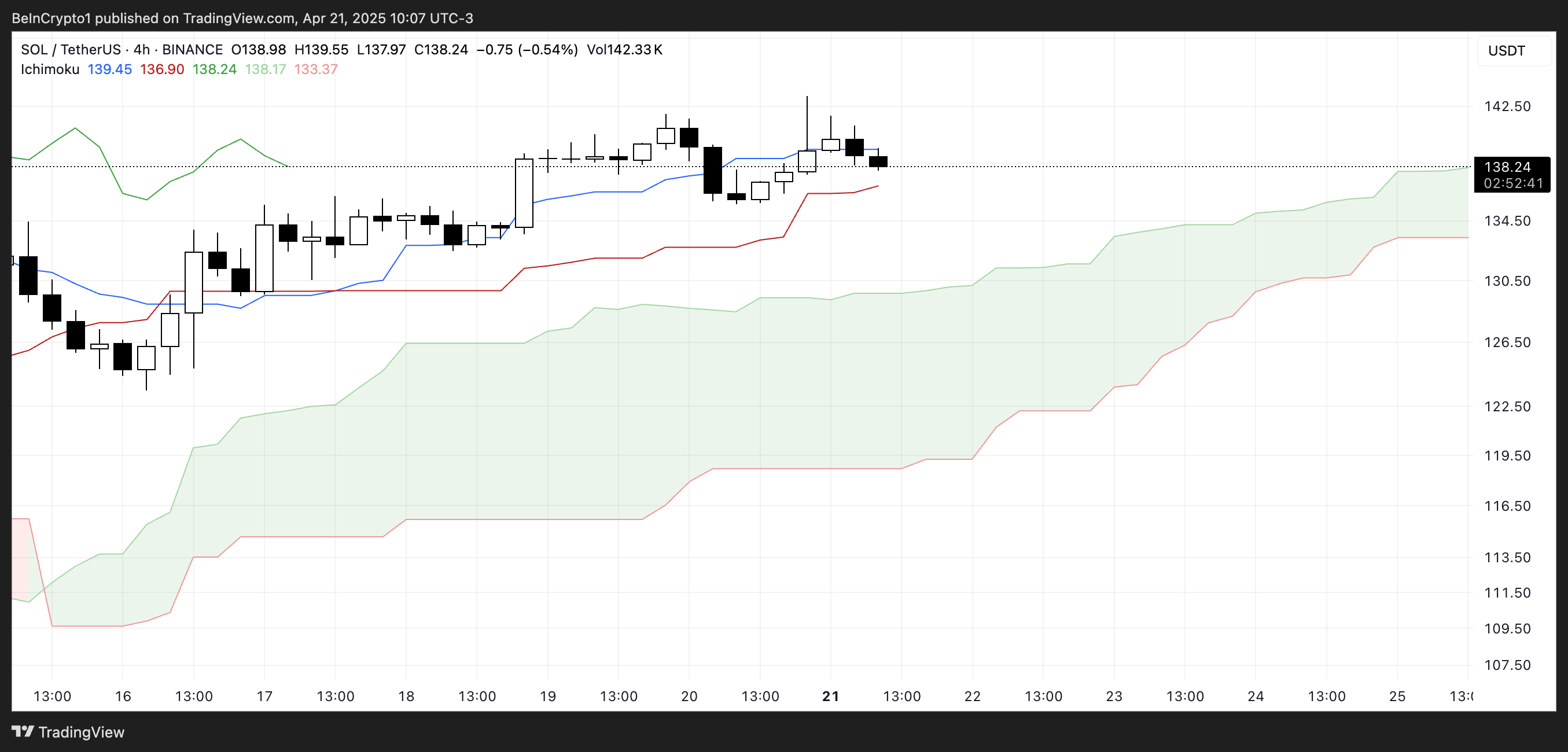
The overall Ichimoku structure remains bullish, with a thick, rising cloud and leading span A well above span B—indicating strong underlying support.
If Solana finds support at the Kijun-sen and climbs back above the Tenkan-sen, the uptrend could regain strength; otherwise, a test of the cloud’s upper boundary may follow.

Meanwhile, Solana’s BBTrend is currently at 6, extending nearly ten days in positive territory after peaking at 17.5 on April 14. The recent increase from 4.26 to 6 suggests renewed bullish momentum following a brief cooldown.
BBTrend, or Bollinger Band Trend, tracks the strength of price movement based on Bollinger Band expansion.
Positive values like the current one point to an active uptrend, and if the BBTrend continues to rise, it could signal stronger momentum and potential for another upward move.
Solana Dominates DEX Volume and Fee Generation as Meme Coins Drive Ecosystem Growth
Solana has once again claimed the top spot among all chains in DEX volume, recording $15.15 billion over the past seven days. The combined total of Ethereum, BNB, Base, and Arbitrum reached $22.7 billion.

In the last 24 hours alone, Solana saw $1.67 billion in volume, largely fueled by its booming meme coin ecosystem and the ongoing launchpad battle between PumpFun and Raydium. Adding to this good momentum, Solana recently surpassed Ethereum in Staking Market Cap.

When it comes to application fees, Solana’s momentum is just as clear. Four of the top ten fee-generating apps over the past week—PumpFun, Jupiter, Jito, and Meteora—are Solana-focused.
Pump leads the pack with nearly $18 million in fees alone.
Solana Breaks Key Resistance as Uptrend Targets Higher Levels, but Risks Remain
Solana has finally broken above its key resistance at $136, flipping it into a new support level that was successfully tested just yesterday.
Its EMA lines remain aligned in a bullish setup, suggesting the uptrend is still intact.
If this momentum continues, SOL price could aim for the next resistance zones at $147 and $152—levels that, if breached, open the door to a potential move toward $179.
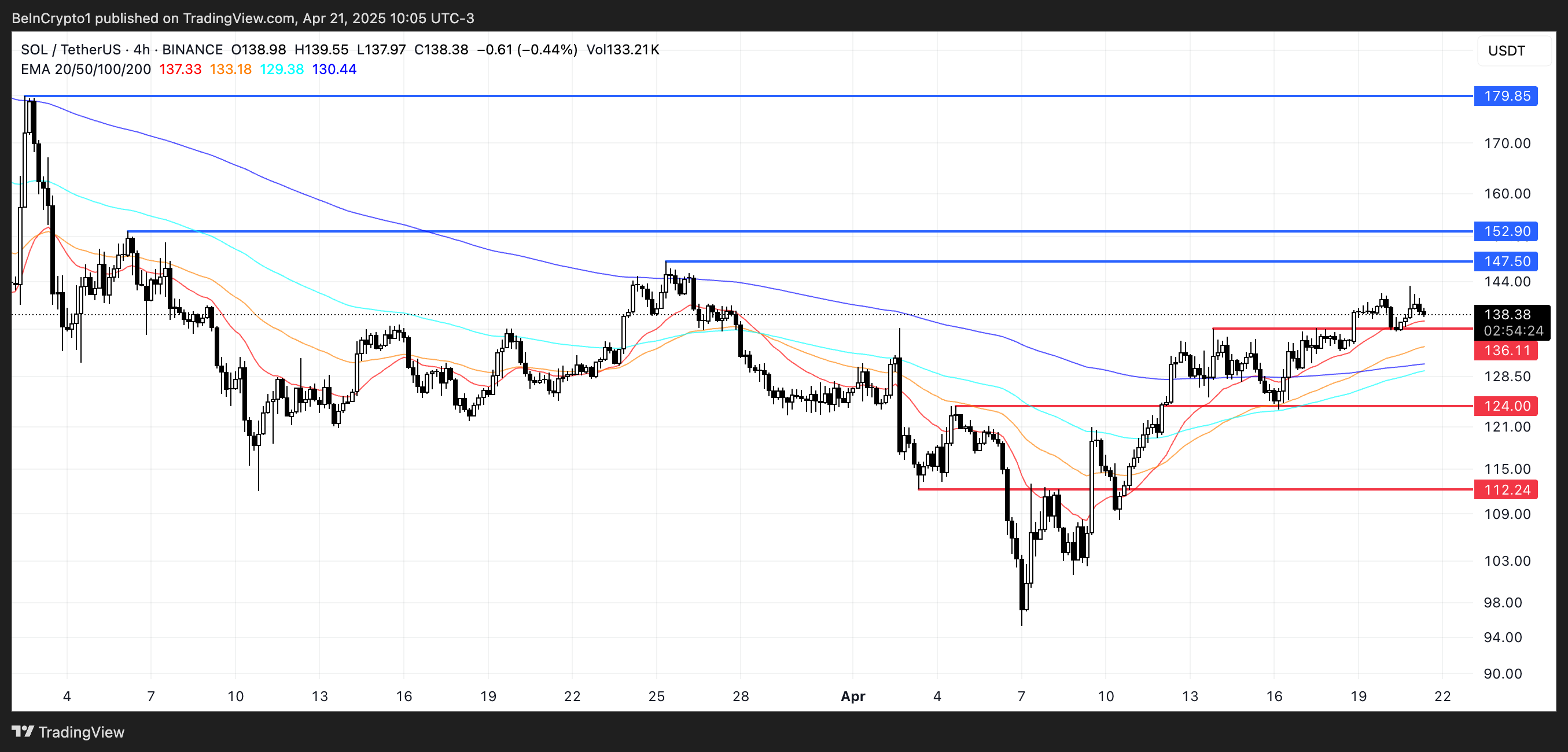
The current structure favors buyers, with higher lows and strong support reinforcing the trend.
However, if momentum fades, a retest of the $136 support is likely.
A breakdown below that level could shift sentiment, exposing Solana to deeper pullbacks toward $124 and even $112.
Disclaimer
In line with the Trust Project guidelines, this price analysis article is for informational purposes only and should not be considered financial or investment advice. BeInCrypto is committed to accurate, unbiased reporting, but market conditions are subject to change without notice. Always conduct your own research and consult with a professional before making any financial decisions. Please note that our Terms and Conditions, Privacy Policy, and Disclaimers have been updated.
Market
Crypto Firms Donated $85 million in Trump’s Inauguration
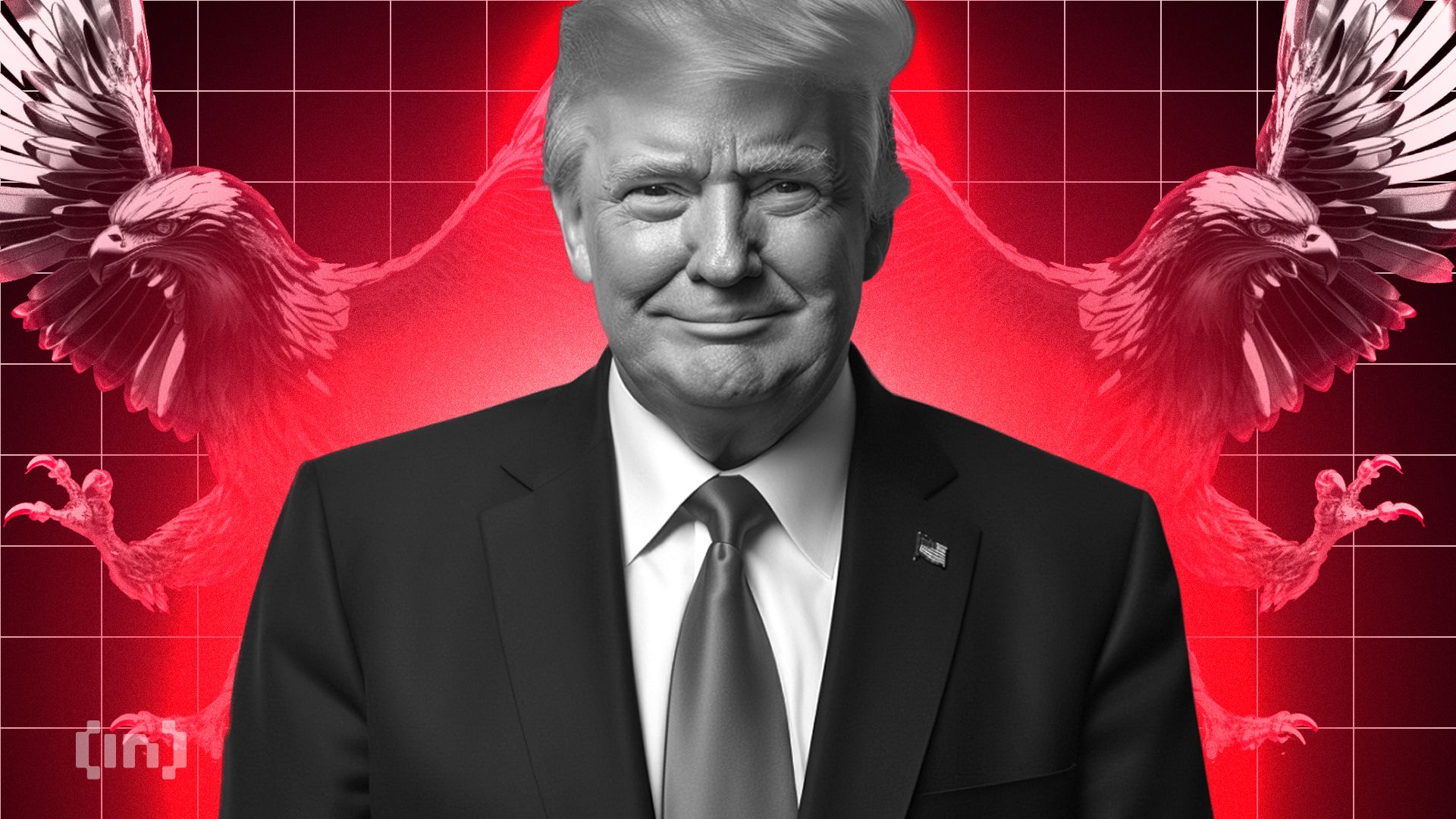
According to a new report, 15 firms and individuals from the crypto industry donated more than $100,000 to President Trump’s Inauguration, totaling over $85 million.
Almost all of these companies apparently received direct or indirect benefits from Trump’s administration. This includes dropped legal proceedings, lucrative business partnerships, participation in Trump’s Crypto Summit, and more.
Crypto Industry Went All-In on Trump’s Inauguration
Since promising to bring friendlier regulations on the campaign trail, Donald Trump attracted a reputation as the Crypto President.
Trump’s Inauguration festivities included a “Crypto Ball,” and several prominent firms made donations for these events. Today, a report has compiled all crypto-related contributions of over $100,000, revealing some interesting facts.

Since taking office, President Trump and his family have been allegedly involved in prominent crypto controversies, and these donations may be linked to several of them.
For example, eight of the donors, Coinbase, Crypto.com, Uniswap, Yuga Labs, Kraken, Ripple, Robinhood, and Consensys, had SEC investigations or lawsuits against them closed since Trump’s term began.
The commission might have dropped its probe against these companies anyway due to its changing stance on crypto enforcement. However, being in the President’s good books likely helped the process.
Further Alleged Benefits for Donors
In other words, nearly half the firms that made donations to Trump’s Inauguration have seen their legal problems cleared up quickly. This isn’t the only regulation-related benefit they allegedly received.
Circle, for example, recently made an IPO after openly stating that Trump’s Presidency made it possible. Galaxy Digital received SEC approval for a major reorganization, a key step for a NASDAQ listing.
Other donors, such as Crypto.com and ONDO, got more direct financial partnerships with businesses associated with the Trump family.
Previously, Ripple’s CEO, Brad Garlinghouse, anticipated a crypto bull market under Trump. Also, XRP, Solana, and Cardano were all unexpectedly included in the US Crypto Reserve announcement.
All three of these companies made major donations to Trump’s Inauguration.
It seems that most of the firms involved got at least some sort of noticeable benefit from these donations. Donors like Multicoin and Paradigm received invitations to Trump’s Crypto Summit, while much more prominent groups like the Ethereum Foundation got snubbed.
Meanwhile, various industry KOLs and community members have already alleged major corruption in Trump’s crypto connections.
While some allegations might lack substantial proof, the crypto space has changed dramatically under the new administration, for both good and bad.
Disclaimer
In adherence to the Trust Project guidelines, BeInCrypto is committed to unbiased, transparent reporting. This news article aims to provide accurate, timely information. However, readers are advised to verify facts independently and consult with a professional before making any decisions based on this content. Please note that our Terms and Conditions, Privacy Policy, and Disclaimers have been updated.




